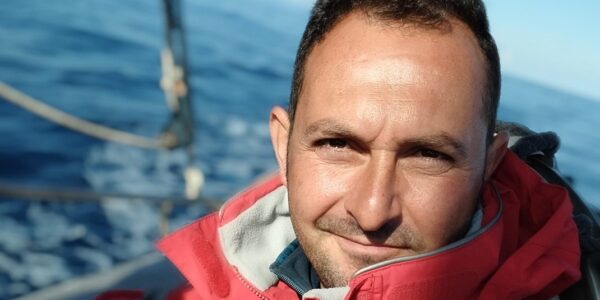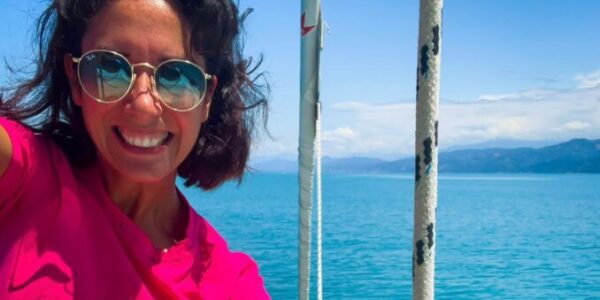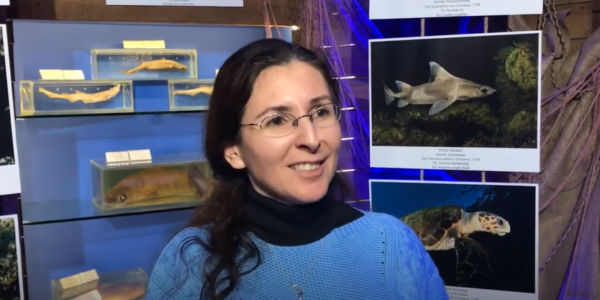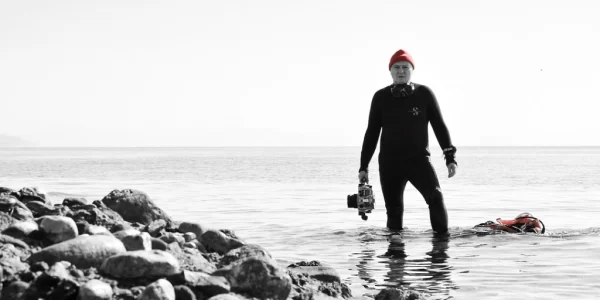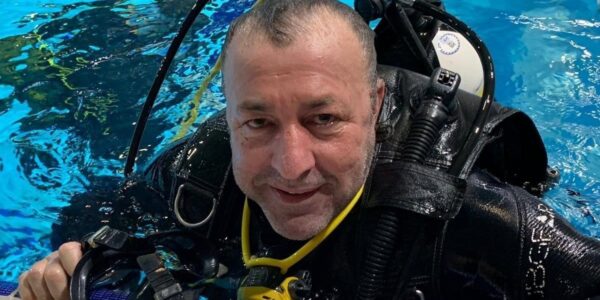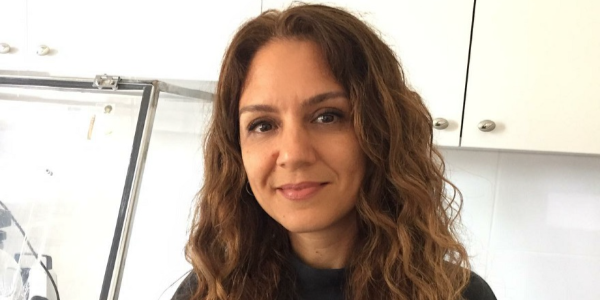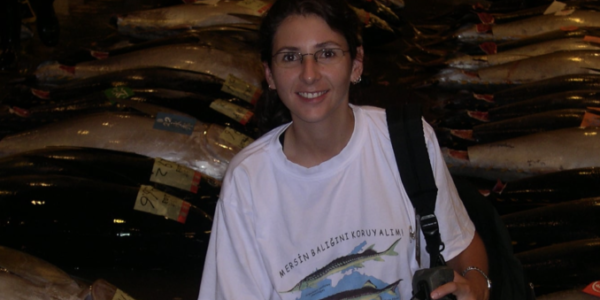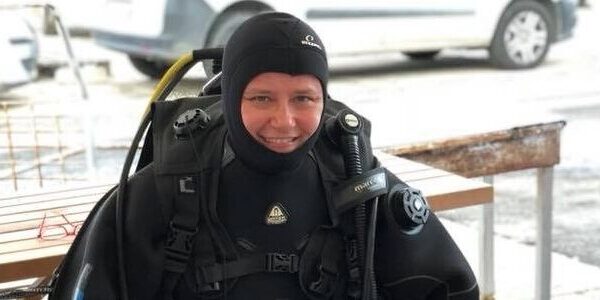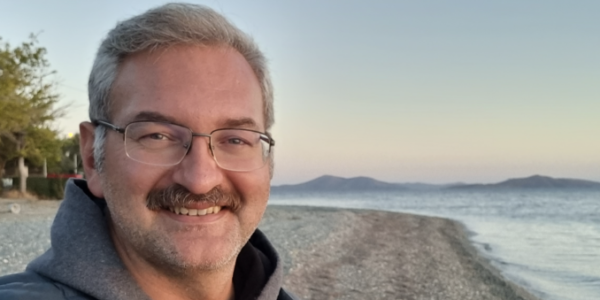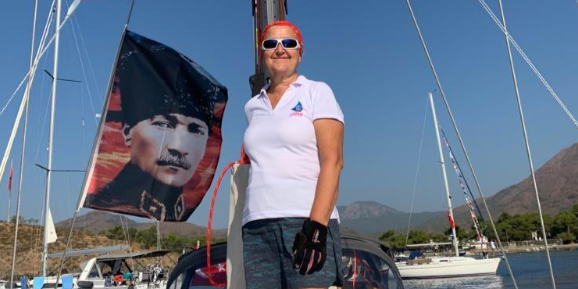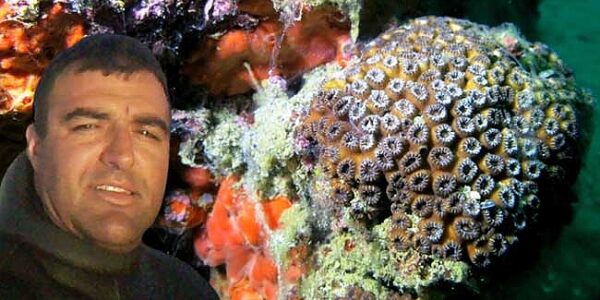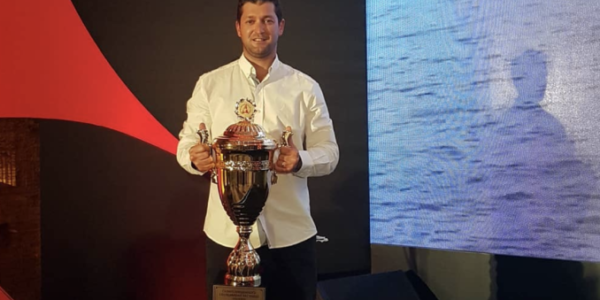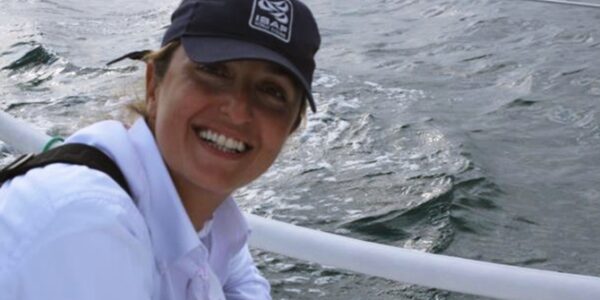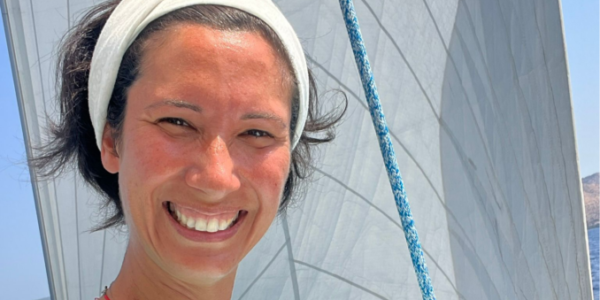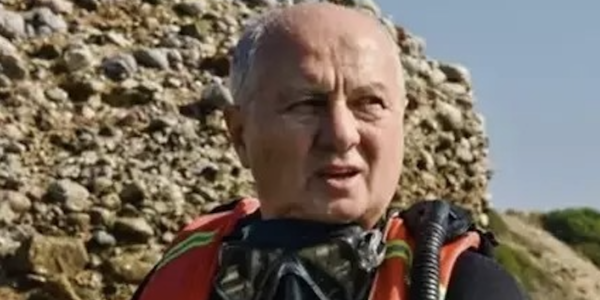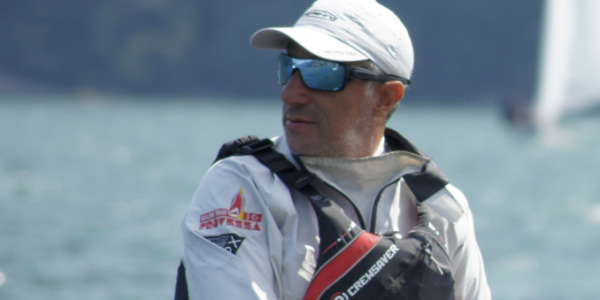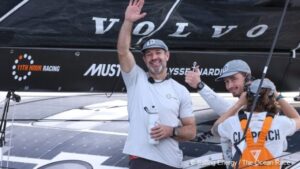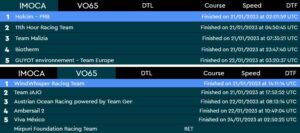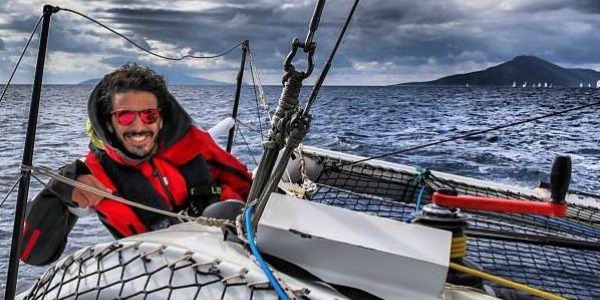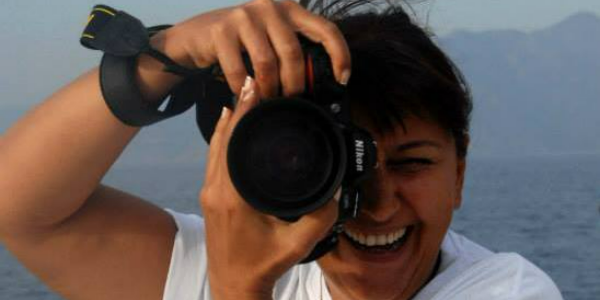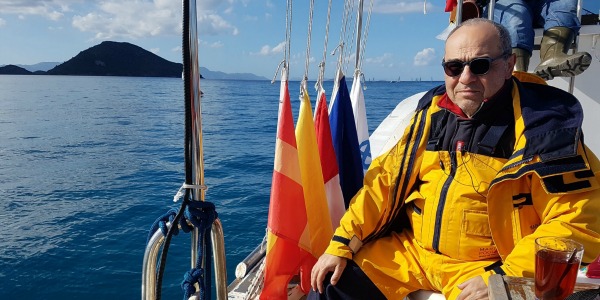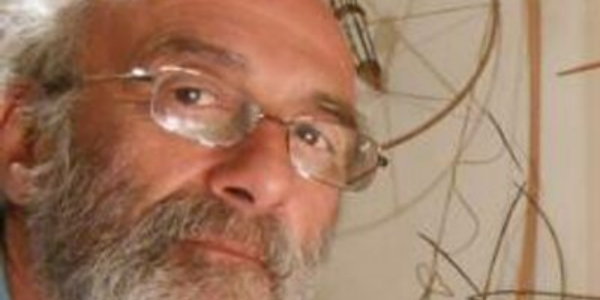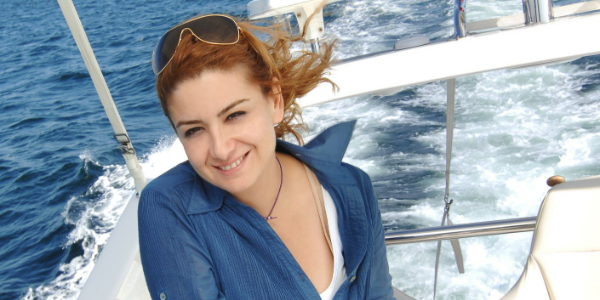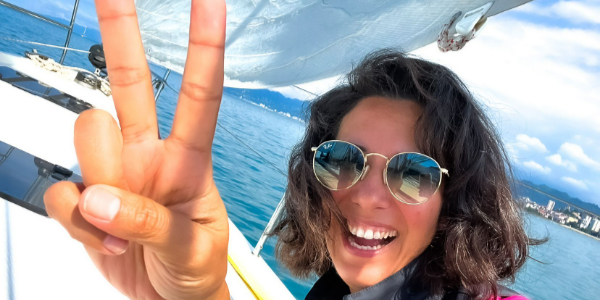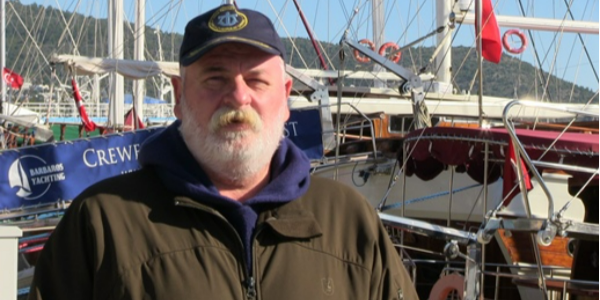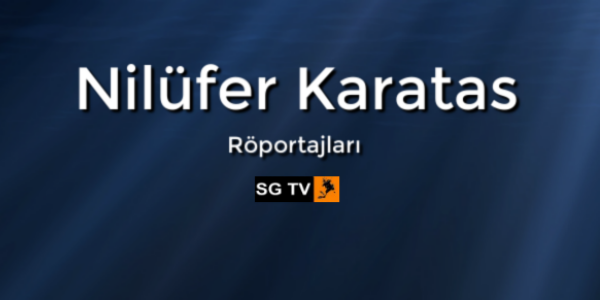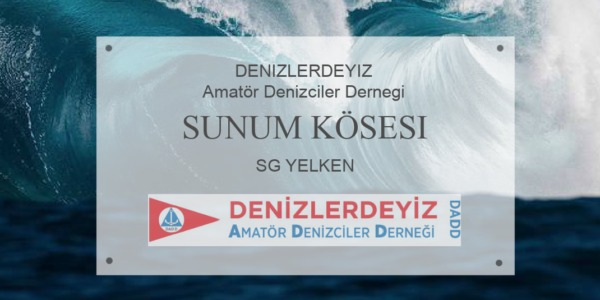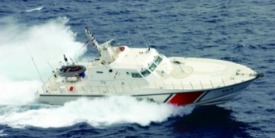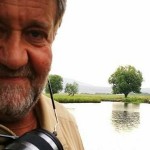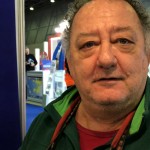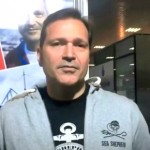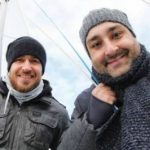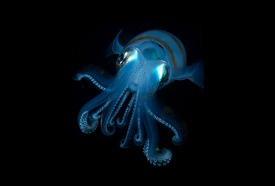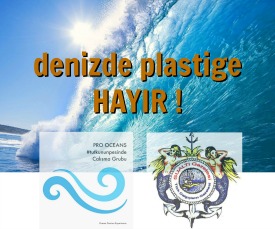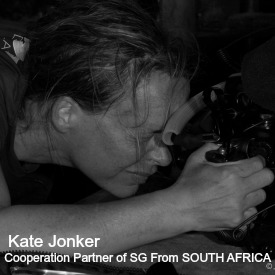Cape Verde (January 25, 2023) – While a formidable forecast more than lived up to expectations for the first leg of The Ocean Race, delivering heinous upwind conditions with 50 knots and more, the five IMOCAs begin Leg 2 today under different circumstances.
The hope is the forecasts are a bit wrong again as the 4600 nm course from Cabo Verde to Cape Town, South Africa begins slowly.
The route for Leg 2 takes the fleet south out of Cabo Verde, across the Equator close to the coast of Brazil, down the coast of South America avoiding the mid-Atlantic Saint Helena high pressure system, and then into Cape Town on the southern tip of South Africa.
Normally, the strong and steady north-easterly trade winds that characterize the Cabo Verde islands would mean a fast exit for the five-boat fleet of 60-foot foilers. However, the unwelcome recent arrival of what meteorologists classify as a ‘cut-off’ low pressure system to the north of the African archipelago has shut off the trade winds almost entirely.
Sail GP
As 11th Hour Racing Team’s British navigator Simon Fisher explains, the knock-on effect of choking off the northern hemisphere trade winds is a steady expansion of the Doldrums – the transient band of persistent light and unstable winds that straddle the Equator, blocking the fleet’s passage to the south.
“If we had left a couple of days ago I think it would have been a quite straightforward trip down south,” said Fisher (who is racing in his sixth edition of The Ocean Race – more than any other IMOCA fleet sailor). “But it is going to be a lot trickier now because the Doldrums are expanding.
“Those first three or four days down to the Doldrums are going to be pretty important. It’s about getting away from Cabo Verde smoothly and then somehow picking up the beginning of the trade wind rebuild efficiently. After that it’s about finding the right spot in the Doldrums.”
Plotting the fastest route across the Equator means choosing the narrowest section of the Doldrums. Normally at this time of year the preferred crossing point is over to the west on the Brazilian side of the Atlantic.
This time, however, starting from Cabo Verde means the yachts are beginning the leg well to the east – so finding a way to the west will be more challenging.
“In previous races on this route across the equator you would always take the earliest opportunity to position yourself to the west,” Fisher explains.
“If you ended up passing close to Cabo Verde you would be quite nervous about how you were going to get back to the west. Now we are here starting in the east but the safety is still in the west.”
Whatever route the teams manage to find to pick their way through what is expected to be a fraught Doldrums crossing, once in the southern hemisphere they will be on the hunt for tradewinds that will help drive them quickly along the South American coast before making the left turn towards Cape Town.
However, the direct route to the finish is blocked by a persistent light wind weather phenomenon known as the St Helena high pressure system. This amorphous mass of warm weather and light winds changes shape at will and the crews will need to be wary of it as they squeeze between its western edge and the South American landmass.
Previous editions have seen the crews dig deep into the South Atlantic in search of a ride on the fast-moving storm systems that regularly hurtle eastwards towards Cape Town.
The latter stages of the leg will be the first time the IMOCAs – sailing in fully-crewed configuration – will perform in the expected strong winds and big seas of the South Atlantic during the final section of the passage.
“Once you get down past Rio de Janeiro and through the South American semi-permanent cold front, you start looking for something to help you turn left and hitch a ride towards Cape Town,” Fisher explains.
This time, however, he believes the sailors on the foiling IMOCAs will not need to go hunting quite as hard for big breeze conditions to achieve maximum performance.
“These boats go pretty damn fast in 20 to 25 knots of wind and that’s probably what would be ideal – any more wind and it kicks up a nasty sea state that can really slow us down because of the foils.”
If the boats are closely positioned, the finish can be their undoing as the final approach to Cape Town’s Victoria and Alfred Waterfront is known for an enormous wind shadow that the city’s iconic Table Mountain can sometimes cast.
With race management predicting a 14-15-day passage time for Leg 2, the leading boats are expected to arrive in Cape Town on or around February 8 or 9.
Leg 2 fro Cabo Verde to Cape Town, South Africa is scheduled to start at 1810 UTC (1710 local time) on January 25.
IMOCA LEG 2 CREW LIST
11TH HOUR RACING TEAM (USA)
Charlie ENRIGHT (USA) Skipper
Simon FISHER (GBR)
Jack BOUTTELL (AUS/ GBR)
Justine METTRAUX (SUI)
Amory ROSS (USA) – OBR
BIOTHERM (FRA)
Paul MEILHAT (FRA) – Skipper
Anthony MARCHAND (FRA)
Amélie GRASSI (FRA)
Damien SEGUIN (FRA)
Annne BEUGÉ (FRA)
TEAM HOLCIM-PRB (SUI)
Kevin ESCOFFIER (FRA) – Skipper
Sam GOODCHILD (GBR)
Tom LAPERCHE (FRA)
Susann BEUCKE (GER)
Georgia SCHOFIELD (NZL) – OBR
GUYOT ENVIRONNEMENT-TEAM EUROPE (FRA/ GER)
Robert STANJEK (GER) – skipper
Sébastien SIMON (FRA)
Anne-Claire LE BERRE (FRA)
Phillip KASÜSKE (GER)
Charles DRAPEAU (FRA) – OBR
TEAM MALIZIA (GER)
Will HARRIS (GBR) – skipper
Yann ELIES (FRA)
Rosalin KUIPER (NED)
Nicolas LUNVEN (FRA)
Antoine AURIOL (FRA) – OBR
Race details – Route – Tracker – Teams – Content from the boats – YouTube
Leg One Results
IMOCA
1. Team Holcim-PRB, winner leg one, finished – 5d 11h 01m 59s
2. 11th Hour Racing Team, finished – 5d 13h 50m 45s
3. Team Malizia, finished – 5d 16h 35m 21s
4. Biotherm, finished – 6d 8h 47m
5. GUYOT environnement-Team Europe, finished – 6d 12h 20m 37s
VO65
1. WindWhisper Racing, finished – 5d 16h 35m 21s
2. Team JAJO, finished – 6d 4h 52m 52s
3. Austrian Ocean Racing-Team Genova, finished – 6d 19h 13m 54s
4. Ambersail 2, finished – 6d 21h 49m 04s
5. Viva Mexico, finished – 8d 13h 50m 25s
6. Mirpuri Foundation Racing Team – Retired from leg
IMOCA: Boat, Design, Skipper, Launch date
• Guyot Environnement – Team Europe (VPLP Verdier); Benjamin Dutreux (FRA)/Robert Stanjek (GER); September 1, 2015
• 11th Hour Racing Team (Guillaume Verdier); Charlie Enright (USA); August 24, 2021
• Holcim-PRB (Guillaume Verdier); Kevin Escoffier (FRA); May 8, 2022
• Team Malizia (VPLP); Boris Herrmann (GER); July 19, 2022
• Biotherm (Guillaume Verdier); Paul Meilhat (FRA); August 31 2022
The Ocean Race 2022-23 Race Schedule:
Alicante, Spain – Leg 1 start: January 15, 2023
Cabo Verde – ETA: January 22; Leg 2 start: January 25
Cape Town, South Africa – ETA: February 9; Leg 3 start: February 26 or 27 (TBC)
Itajaí, Brazil – ETA: April 1; Leg 4 start: April 23
Newport, RI, USA – ETA: May 10; Leg 5 start: May 21
Aarhus, Denmark – ETA: May 30; Leg 6 start: June 8
Kiel, Germany (Fly-By) – June 9
The Hague, The Netherlands – ETA: June 11; Leg 7 start: June 15
Genova, Italy – The Grand Finale – ETA: June 25, 2023; Final In-Port Race: July 1, 2023
The Ocean Race (formerly Volvo Ocean Race and Whitbread Round the World Race) was initially to be raced in two classes of boats: the high-performance, foiling, IMOCA 60 class and the one-design VO65 class which has been used for the last two editions of the race.
However, only the IMOCAs will be racing round the world while the VO65s will race in The Ocean Race VO65 Sprint which competes in Legs 1, 6, and 7 of The Ocean Race course.
Additionally, The Ocean Race also features the In-Port Series with races at seven of the course’s stopover cities around the world which allow local fans to get up close and personal to the teams as they battle it out around a short inshore course.
Although in-port races do not count towards a team’s overall points score, they do play an important part in the overall rankings as the In-Port Race Series standings are used to break any points ties that occur during the race around the world.
The 14th edition of The Ocean Race was originally planned for 2021-22 but was postponed one year due to the pandemic, with the first leg starting on January 15, 2023.
Source: scuttlebutt – https://www.sailingscuttlebutt.com/2023/01/25/missing-trade-winds-for-the-ocean-race/

